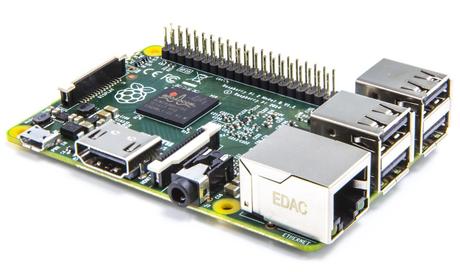
We all know that a computer with a superior performance is very expensive and not everyone can afford to buy a new one. Not many people are able to save money in order to buy a PC or a laptop with a superior configuration and they prefer to wait one year or two, when their prices are reduced or they buy used ones at a half price. If you live in a country with a poor economy and you can't afford to buy a premium device, then you can build your own computer and use a cheap chip. There are two alternatives which you can use for your DIY configuration: the Raspberry Pi SoC, which runs in a full version of Linux, and Arduino, which is a micro-controller which supports hundreds of expansion chips.
Raspberry PiIf you'll buy the Raspberry Pi, you'll have a fully functional computer which contains a dedicated processor, graphics driver and memory. It's compatible with Linux software and you can use it as a media streamer or video game emulator. Also, you will need to buy separate SD cards, because the chipset doesn't include internal storage.
ArduinoIf you're looking for a micro-controller, then Arduino is the best product to spend your money on. It's not working on a full OS, as it only executes written code and the firmware interprets it. This means that you won't get the basic tools offered by a typical OS, but it will be easier to execute simple code. Arduino is in fact a sophisticated system which interfaces with other devices and sensors, replacing full operating systems which couldn't handle simple read and response actions.
Power RequirementsThe Raspberry Pi needs 5V power to not shut down and to turn it off, you will do with via a software process, just like doing it on a traditional computer. Things are different with the Arduino, which starts executing code when it's turned on, and when pulling out the plug, it stops. The device has pins on the board and when adding functionality, you will wire directly into them, or you will stack "shields" (each one performs a different task) on top of the base unit.
SensorsEven if there are a variety of interface ports on both devices, Arduino will allow you connect analog sensors much easier. They will be interpreted and the microcontroller will respond to data according to the code you're putting on it. You will need special software for the Pi to be able to interface correctly with these sorts of devices.
NetworkingThe Pi comes with a built-in Ethernet port, so you can access any network, while to connect to a WiFi network, you will need to buy a USB Wi-Fi dongle, then install its driver. The operating system will be able to connect to web servers and you will browse the internet without a problem.
The Arduino will require an extra chip equipped with an Ethernet port and you must be good at wiring and coding, or otherwise, it will not work.

